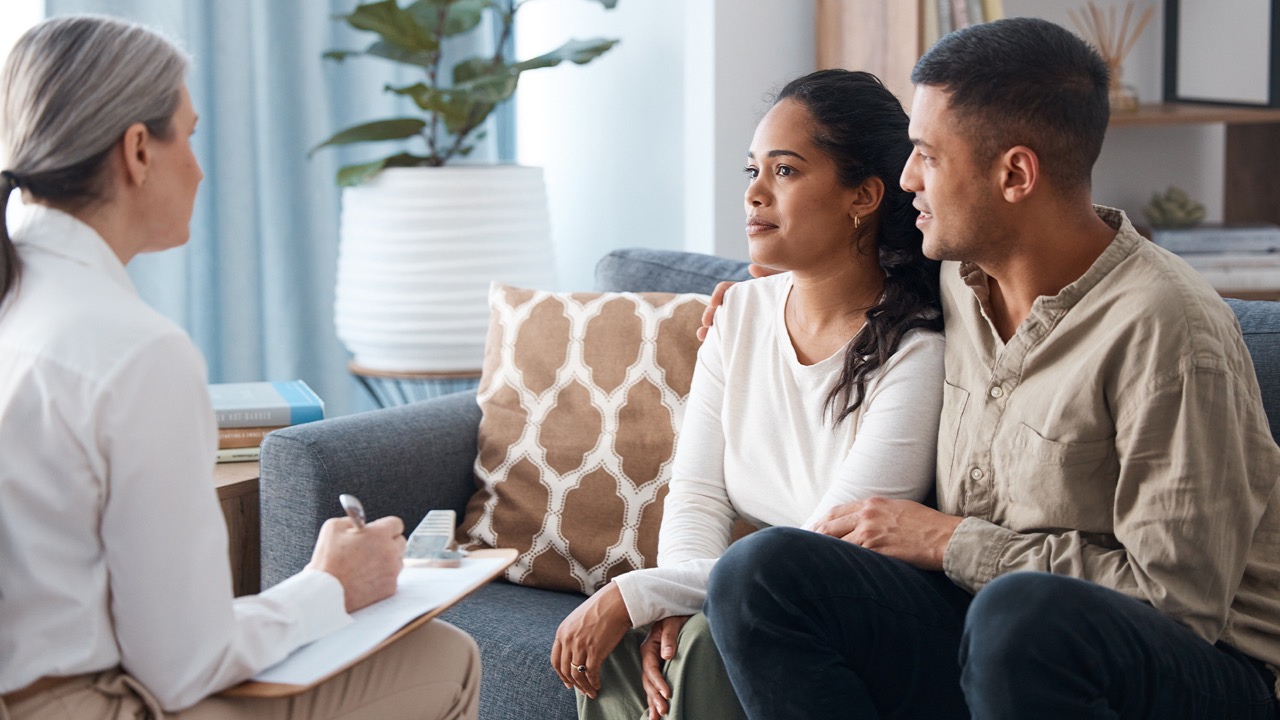How Counselling Sessions Can Be Different for Men and Women

Mental health is a deeply personal journey, and counselling offers a safe space to explore emotions, overcome challenges, and build resilience. However, not all experiences in therapy are the same—especially when it comes to gender. While the foundational principles of counselling remain consistent, men and women often approach therapy differently and may have unique expectations, needs, and communication styles.
In this article, we explore how counselling sessions can vary for men and women, what each gender may bring into the therapeutic space, and how understanding these differences can lead to more effective support.
Understanding the Role of Gender in Counselling
Counsellors are trained to offer a non-judgmental and inclusive environment. Yet, societal norms, gender roles, and cultural conditioning often shape how men and women perceive mental health and express their emotions. These differences can influence how individuals respond to therapy, what they seek from it, and how they engage with the process.
It’s important to note that while gender can influence these experiences, everyone is unique. Not all men and women fit into these patterns, but they offer general insights into common differences observed in counselling.
How Men Typically Experience Counselling
Let’s discuss what men can expect during their counselling sessions.
1. Reluctance to Seek Help
Many men are raised in environments where expressing vulnerability is seen as a weakness. Phrases like “man up” or “boys don’t cry” reinforce emotional suppression from an early age. As a result, men are often more reluctant to seek counselling, waiting until problems become severe.
2. Preference for Problem-Solving
Men often approach therapy with a desire to “fix” a problem. They may look for solutions, action steps, or direct advice rather than emotional exploration. A male client might say, “Just tell me what to do,” reflecting a goal-oriented approach.
3. Struggles with Emotional Language
It’s not uncommon for men to find it challenging to articulate feelings, especially around sadness, anxiety, or fear. A skilled counsellor may need to spend time helping male clients connect thoughts with emotions, creating a safe space for vulnerability.
4. Common Issues Men Bring to Counselling
- Work-related stress or burnout
- Anger management
- Relationship challenges
- Substance use or addiction
- Performance anxiety or self-worth issues
How Women Typically Experience Counselling
Let’s discuss what women can expect during their counselling sessions.
1. Openness to Seeking Support
Women, on the other hand, are often more open to the idea of talking through emotions and seeking professional help. Society tends to be more accepting of emotional expression in women, making the step into counselling feel more accessible.
2. Emotion-Focused Approach
Women are generally more comfortable discussing feelings in depth. They may use therapy to process past experiences, explore self-esteem issues, or understand relational patterns. Their approach can be more reflective and emotionally driven.
3. Tendency to Internalize Issues
While men may externalize problems through anger or risky behavior, women often internalize struggles. This can manifest as anxiety, depression, or feelings of guilt and self-blame, which become the focus of therapeutic work.
4. Common Issues Women Bring to Counselling
- Anxiety and depression
- Body image and self-esteem
- Relationship and family dynamics
- Trauma and abuse
- Caregiving stress or work-life balance
How Counsellors Tailor Sessions Based on Gender
A good counsellor adapts their approach to the individual, and gender-based insights are only one piece of the puzzle. That said, understanding typical male and female communication styles, emotional needs, and societal pressures helps therapists guide sessions more effectively.
For Men
- Using structured, solution-based approaches like CBT (Cognitive Behavioral Therapy)
- Encouraging gradual emotional expression
- Normalizing vulnerability and creating a safe, non-judgmental environment
- Focusing on practical tools and goal-setting
For Women
- Offering space for deep emotional processing
- Exploring self-esteem and relational dynamics
- Addressing societal and cultural pressures
- Using empathy-based, integrative therapeutic models
Breaking the Stereotypes
It’s important not to assume that all men struggle to express emotions or that all women are naturally introspective. Gender roles are evolving, and many individuals defy traditional expectations. Some men may be very emotionally articulate, while some women may prefer a structured, solution-focused approach.
Counsellors at Boomerang Counselling are increasingly sensitive to the diversity of gender experiences, including those of non-binary and transgender individuals, ensuring that therapy is inclusive and affirming for all.
Conclusion
While counselling is a deeply individual process, understanding the ways in which gender can influence therapy helps normalize differences in how men and women engage with their mental health. Men may focus more on action and solutions, while women may delve deeper into emotional exploration—but both approaches are valid, and both deserve support.
Whether you’re a man or woman (or identify beyond the binary), taking the first step toward therapy is a powerful act of self-care. Counselling isn’t about fitting into a mold—it’s about finding what works for you, guided by a professional who respects your unique journey.





